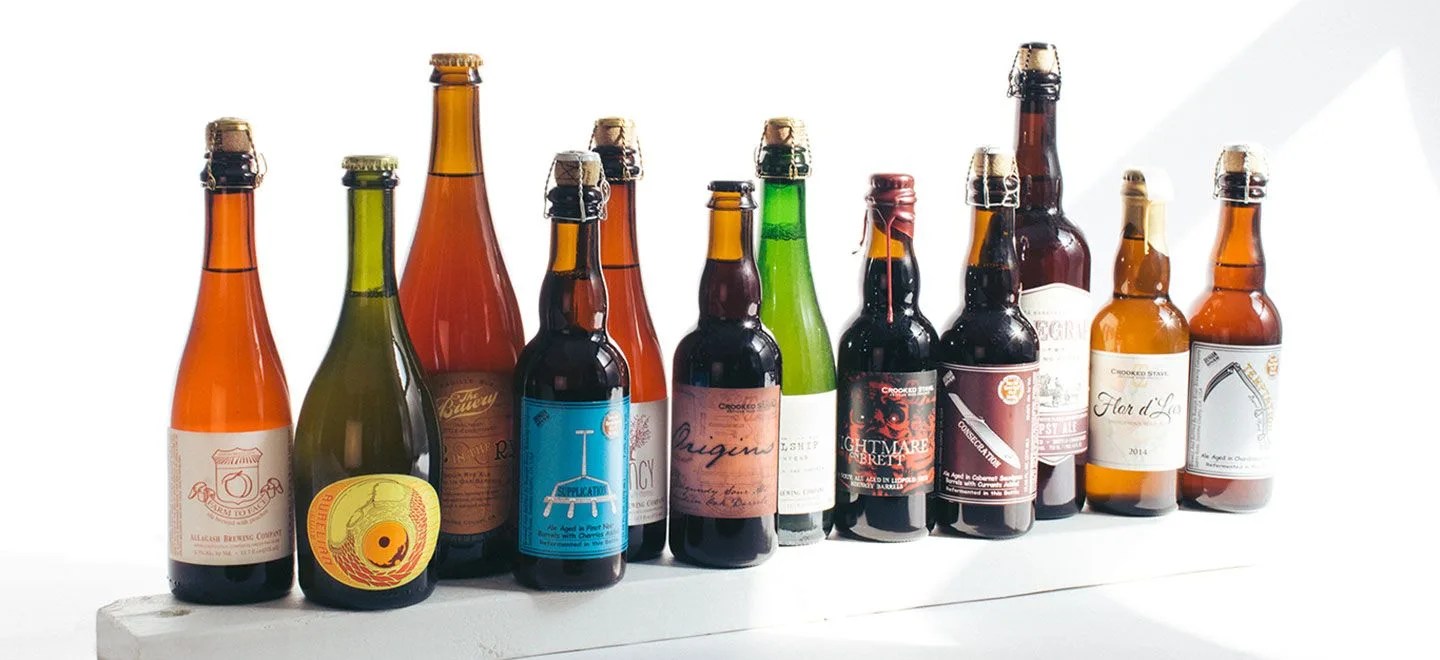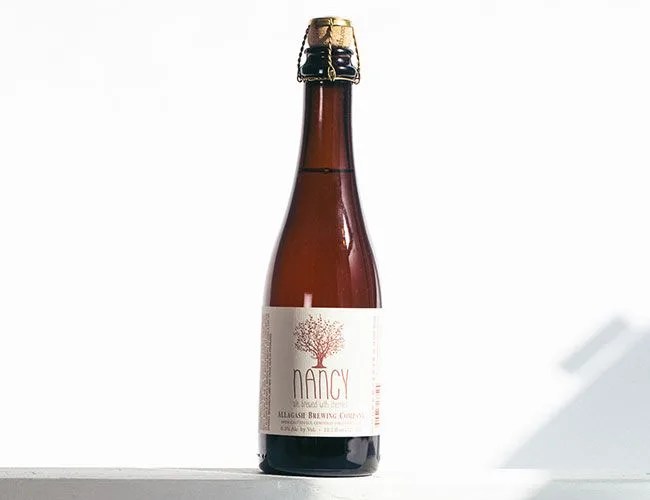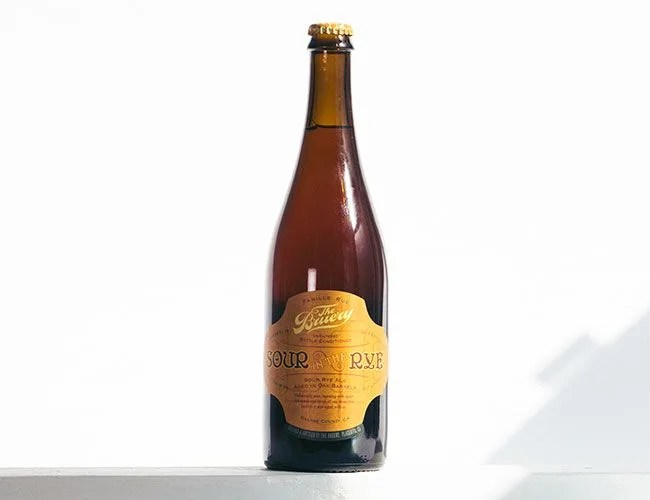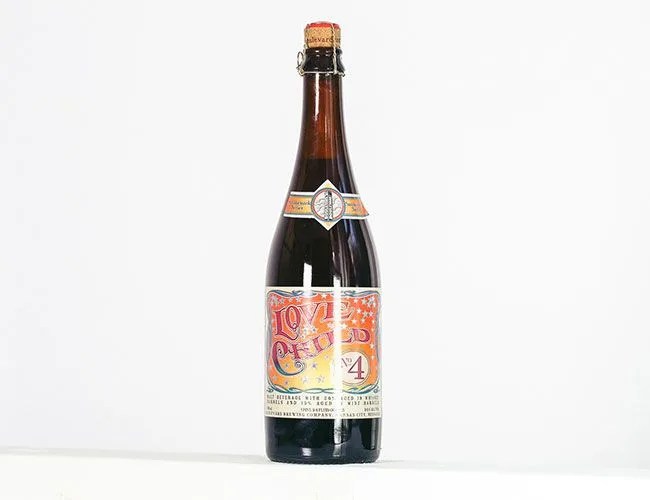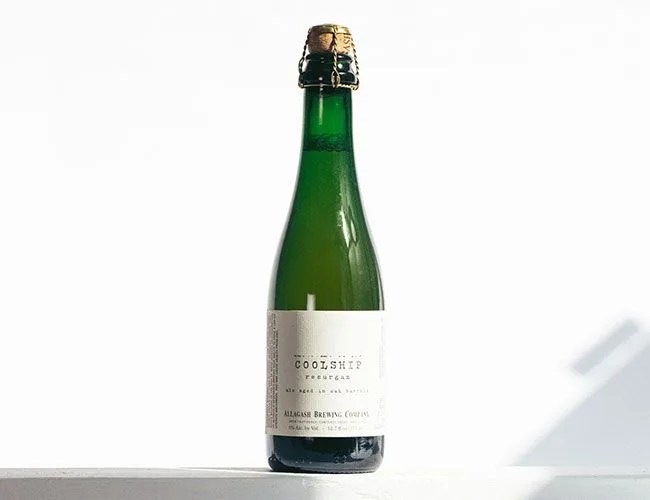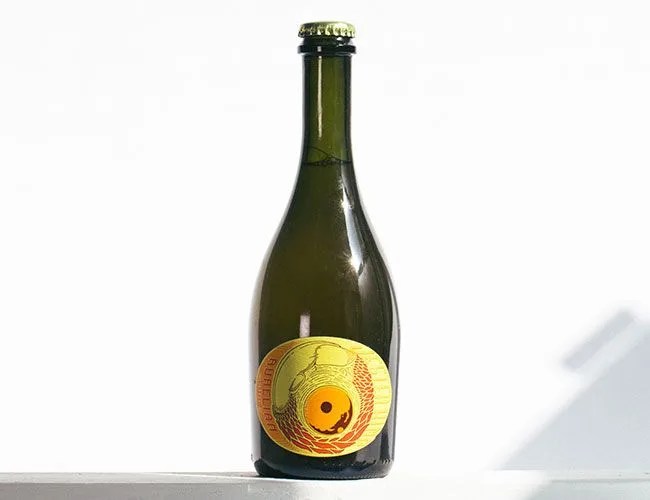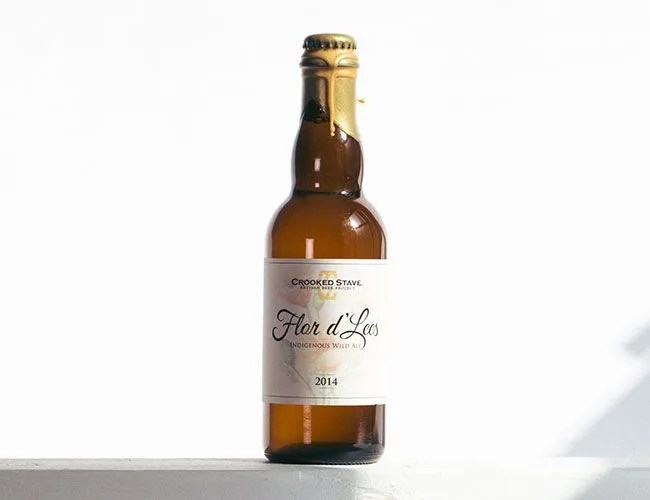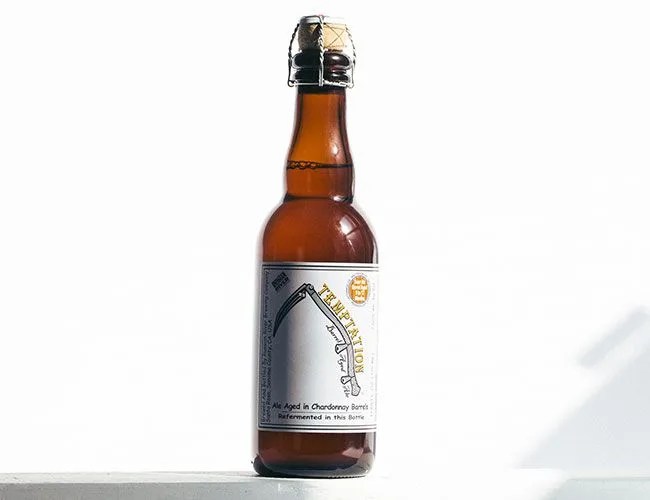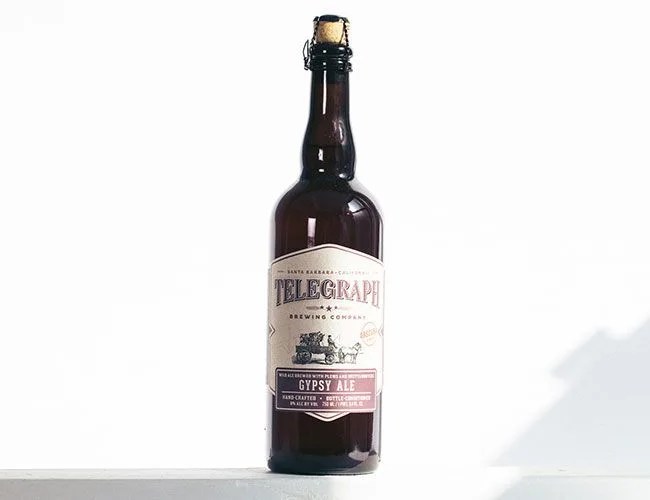“Anyone getting buffalo wings?” All heads turn toward the colleague on the leather couch, holding a snifter glass with a few ounces of Allagash Nancy swirling around in its base. “No seriously”, he says. “I’m getting buffalo wings.” There’s laughter that rings around the room, but the taster is holding his ground. It’s the most off-the-wall flavor profile we’ve tossed out in the tasting, but it’s not totally unfounded. When I think about it, I get a hint of buffalo wings, too.
MORE LIQUID GOODNESS: Best Canned Beer | Best Wheat Beers | Best Fruit Beers
American Wild Ales are the odd birds of beer. It’s a category that’s relatively undefined: the beer can be light, dark, barrel aged, stainless aged, hoppy, malty, low ABV (though most are high), and can have added fruits or spices. The brewing playing field is wide open, except for one thing: during brewing, a “wild” yeast or bacteria must be introduced to the beer. That means these beers meet brettanomyces, pediococcus or lactobacillus (the most common sour inoculators) over months-long aging processes in vats called foudres where the wild cultures reside (or some wild yeast is tossed into the sour mash).
The result is a wild array of flavors, with only one unifying theme: they’re sour. The first sip of a wild ale usually reminds you of a Warhead candy, but over time the palate starts to notice a subtle layering of flavors. The beers are full bodied, can be incredibly complex, and for beer snobs and those looking for a liquid thrill, they’re the holy grail of brewing. They’re also usually high ABV, so sip slowly and enter quietly into a liquid flavor spectacle.

Russian River Supplication
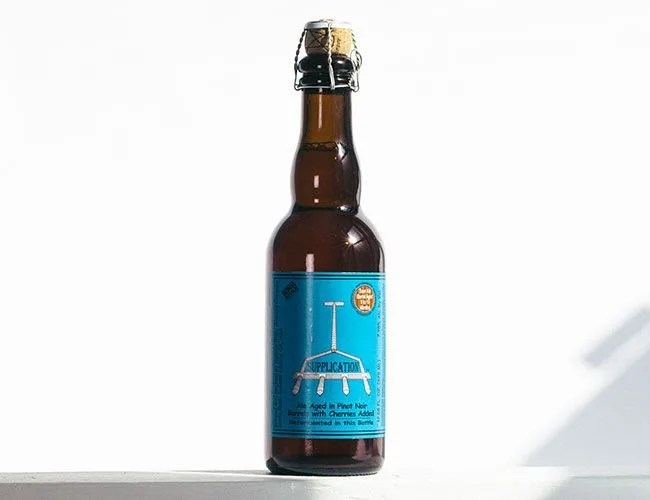
Wine barrel aging is Russian River’s sweet spot; the brewery was first owned by a vineyard, and their brewmaster, Vinnie Cilurzo, grew up on one. So despite the hype around their IPAs (Pliny the Elder and Younger), their barrel-aged wild ales tend to be their best liquid truths. Supplication, a brown ale, is aged for a year in pinot noir barrels, with added sour cherries, brettanomyces, lactobacillus, and pediococcus during the barrel re-fermentation process.
